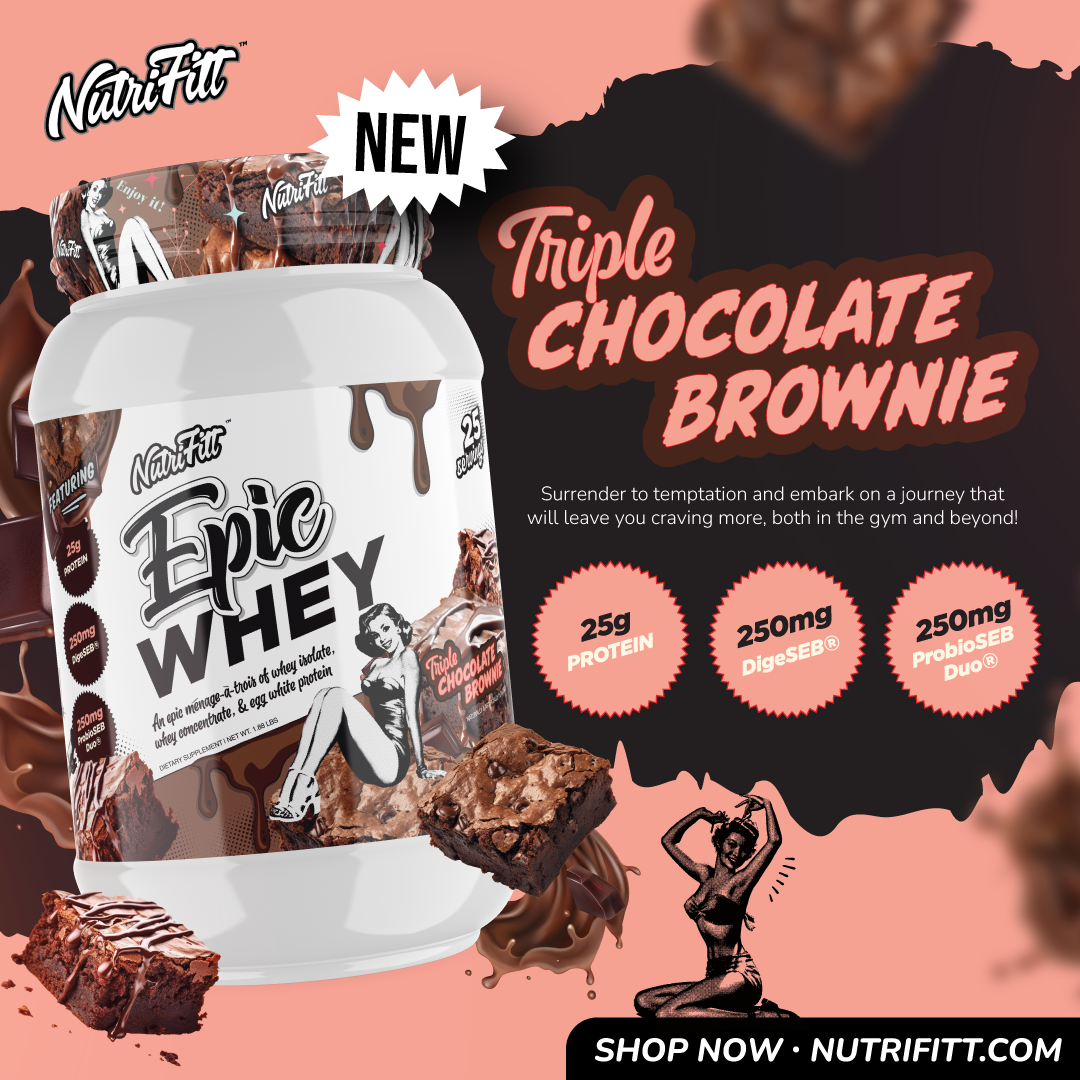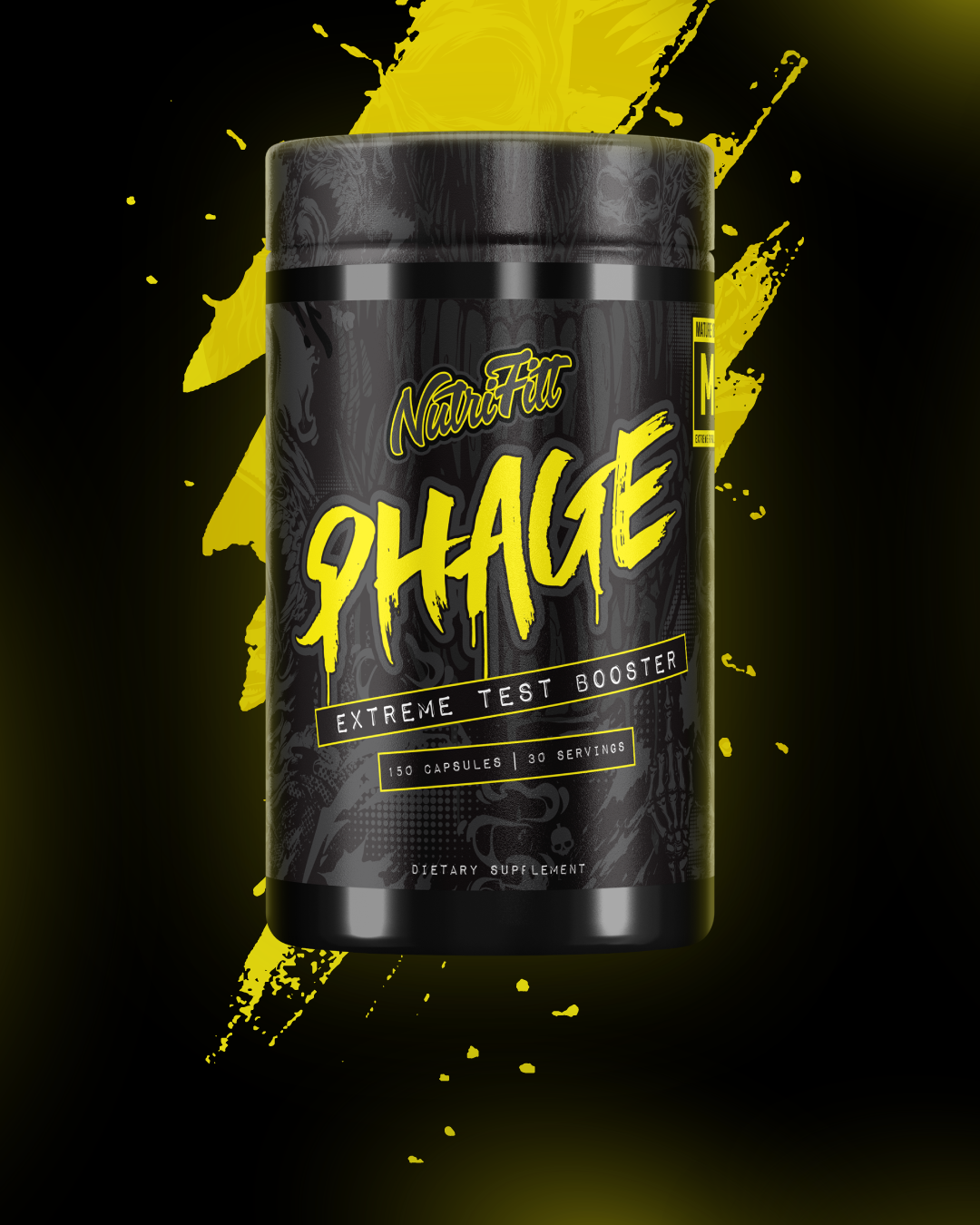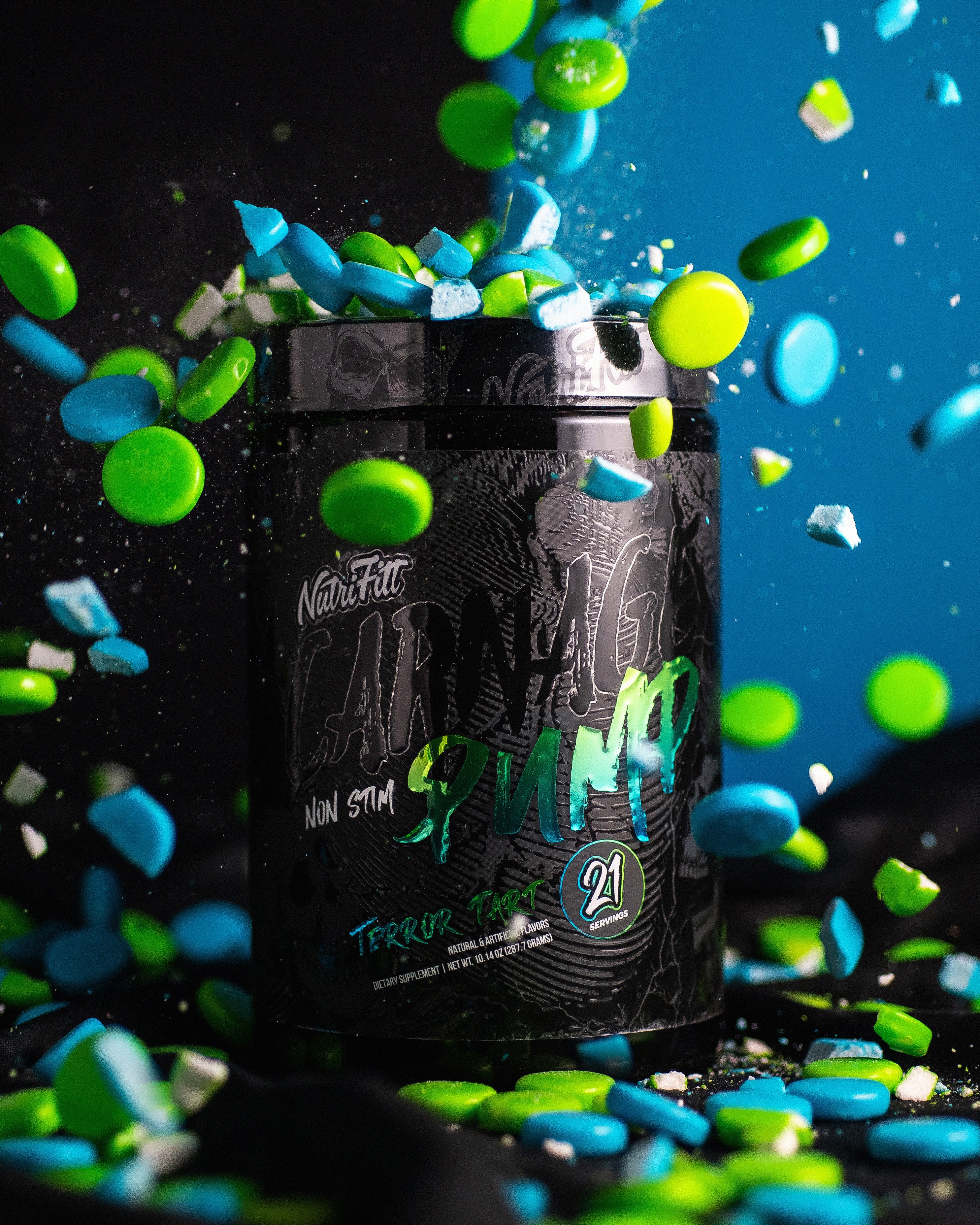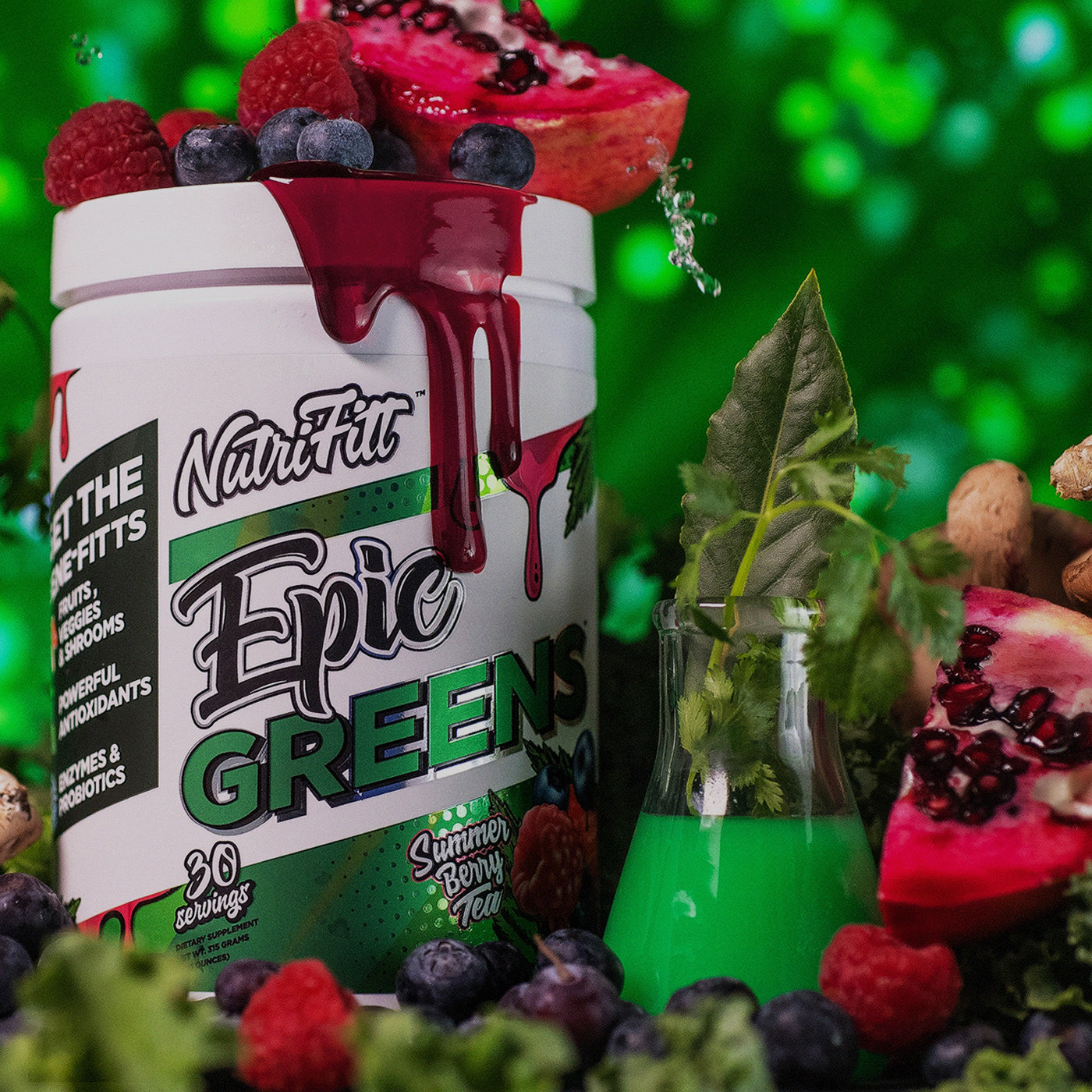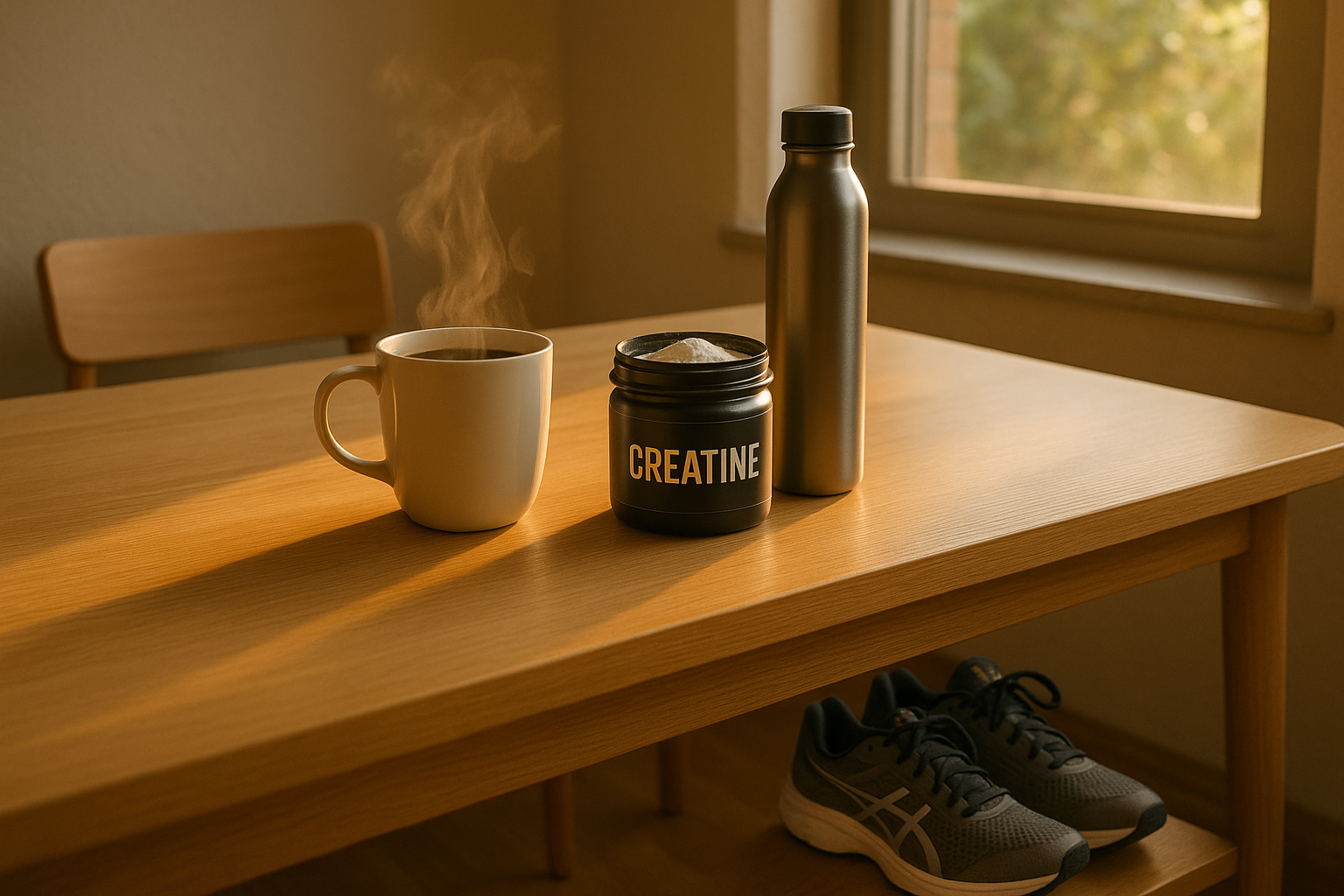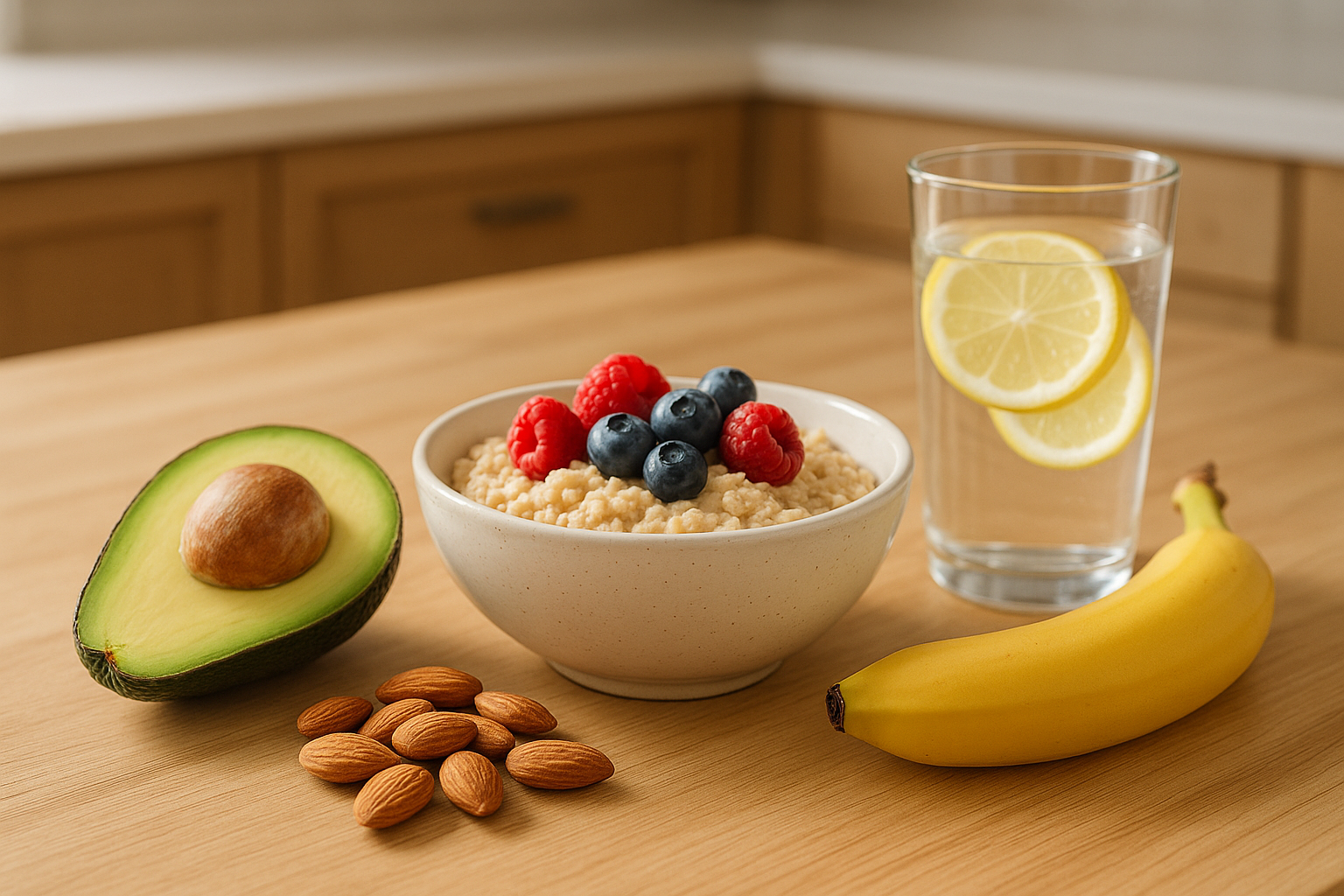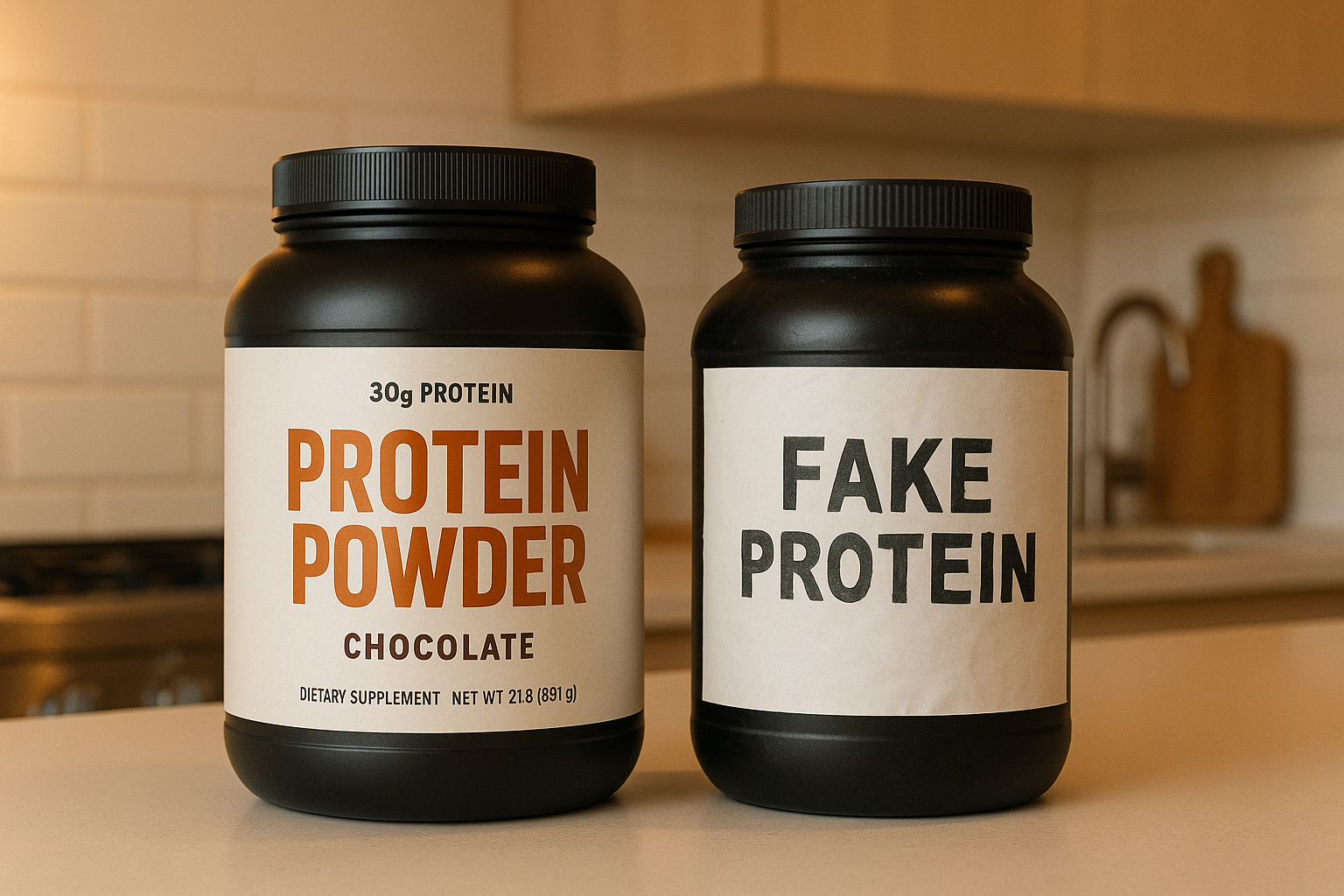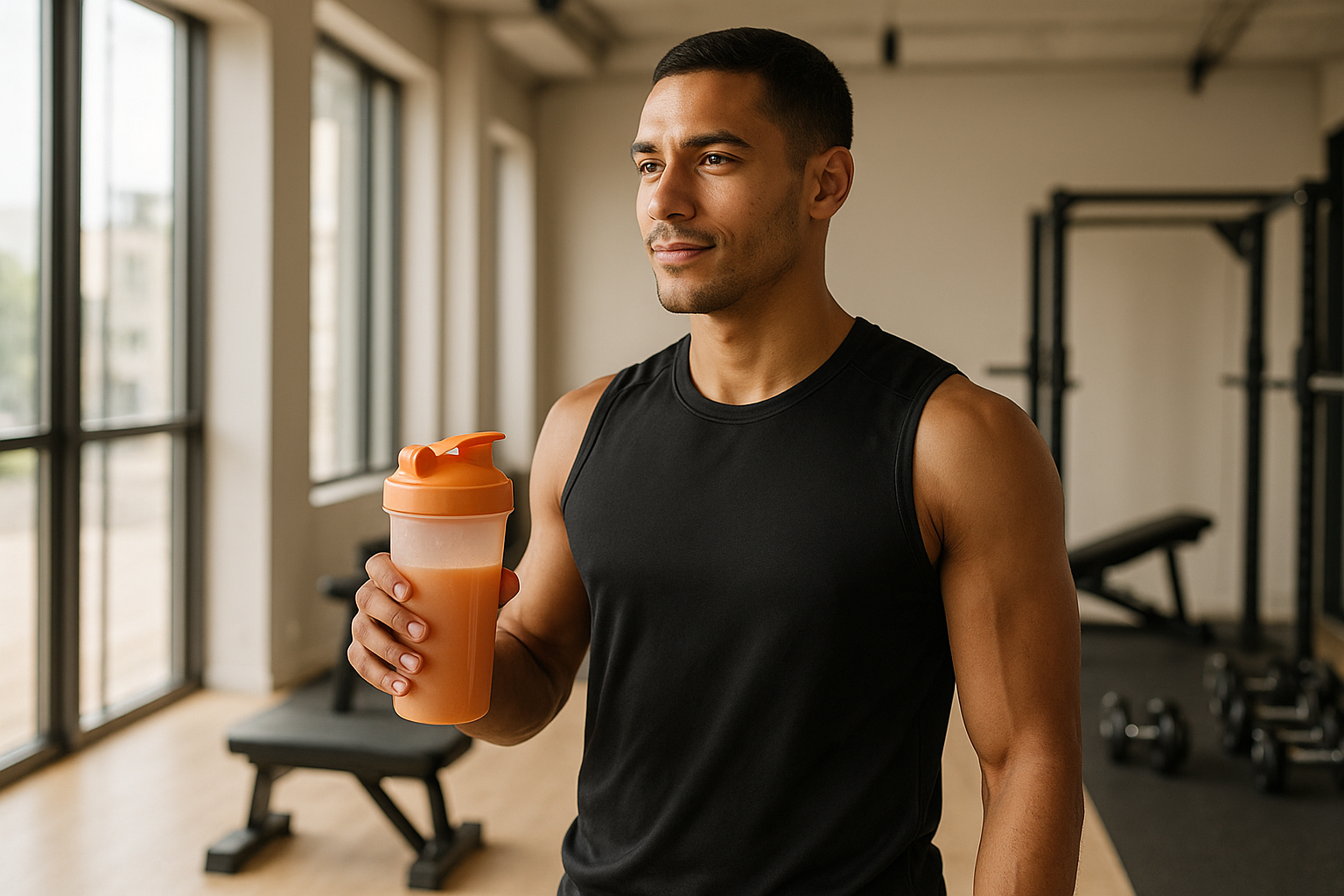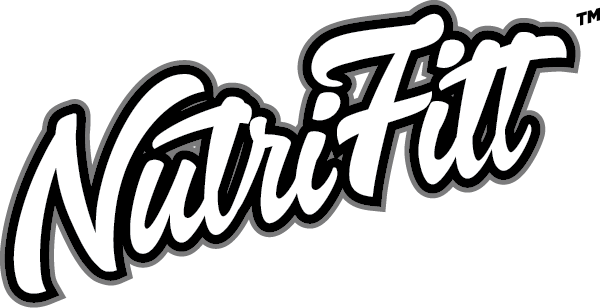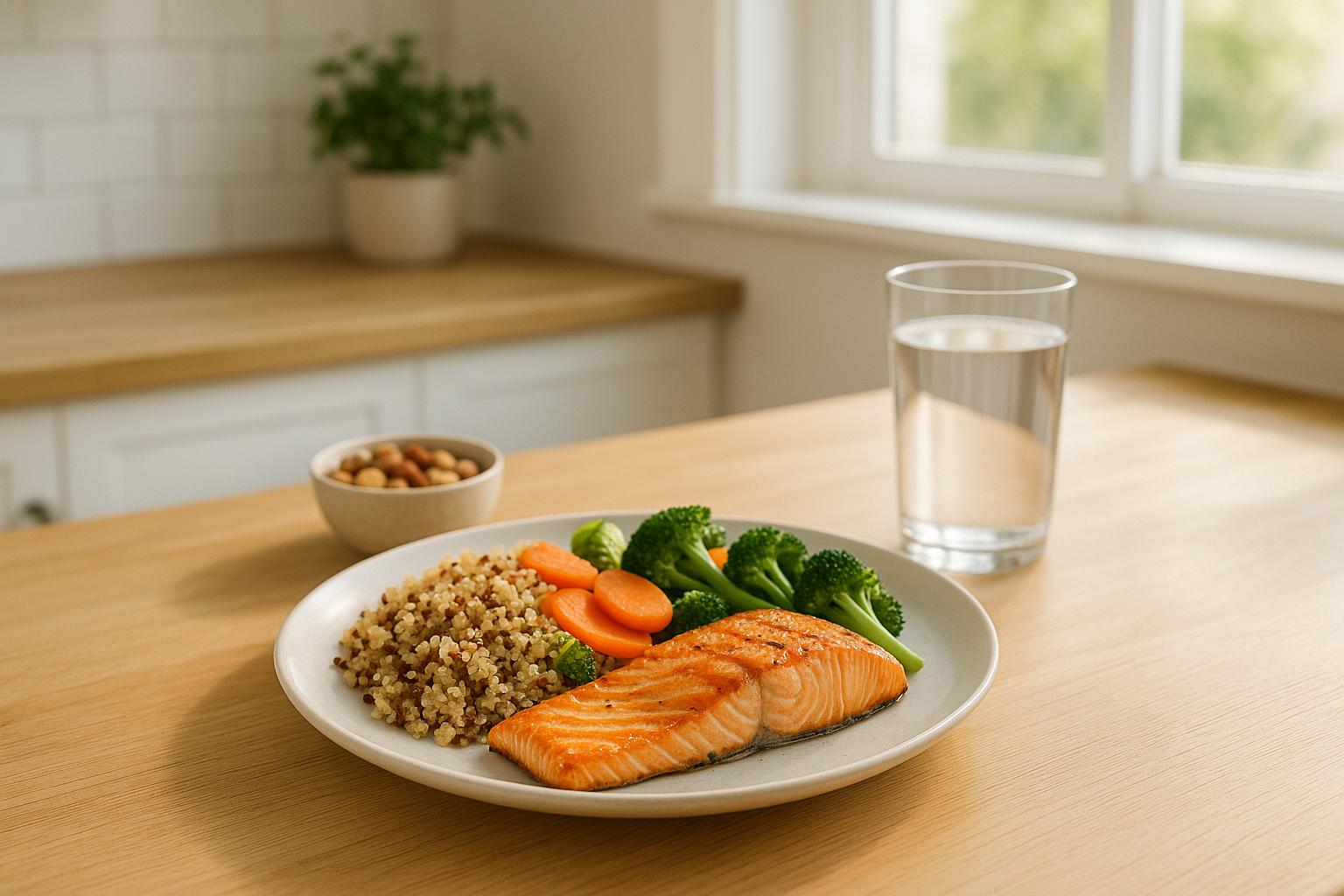
What Is Diet-Induced Thermogenesis?
Diet-Induced Thermogenesis (DIT) is the energy your body uses to digest, absorb, and process food. It accounts for 5–15% of your daily energy expenditure, depending on what you eat. Here's what you need to know:
- Protein burns the most calories during digestion, with a thermogenic effect of 20–30%.
- Carbohydrates have a moderate effect (5–10%), while fats are the lowest (0–3%).
- Alcohol has a surprisingly high DIT (10–30%).
Why DIT Matters:
- Weight Management: High-protein diets can boost calorie burn and increase fullness.
- Fitness Goals: Active individuals see up to 25% higher DIT, aiding recovery and muscle repair.
- Meal Timing: Eating protein-rich meals earlier in the day maximizes DIT.
Quick Tip: Simple habits like eating slowly, staying hydrated, and choosing whole, minimally processed foods can enhance DIT. Supplements like caffeine or green tea extract can provide a small boost too.
DIT is a natural way to optimize calorie burn and improve your metabolism through smart food choices.
How Diet-Induced Thermogenesis Works
Diet-induced thermogenesis (DIT) plays a crucial role in how our bodies burn calories during digestion and nutrient processing. It's an essential part of energy expenditure that happens every time we eat.
Obligatory and Facultative Thermogenesis
DIT is made up of two components:
- Obligatory thermogenesis: This refers to the energy used to digest, absorb, and store food. It accounts for roughly 10% of our daily energy expenditure.
- Facultative thermogenesis: This is an extra energy boost driven by the sympathetic nervous system and brown adipose tissue. It can vary based on factors like meal composition and environmental conditions, which is why people may experience different thermogenic responses even when eating similar meals.
The composition of a meal can significantly influence both of these processes.
How Meal Composition Affects DIT
Research has shown that the type of macronutrient in a meal determines the thermogenic response. For example, one study measured DIT two hours after eating and found:
- Protein-rich meals generated about 6.4% of the meal's energy as heat.
- Carbohydrate-heavy meals produced around 3.5%.
- Fatty meals resulted in roughly 2.3%.
- Alcohol had the highest DIT response, at approximately 27%.
Here’s a quick breakdown of typical DIT responses by macronutrient:
| Macronutrient | DIT Response (%) |
|---|---|
| Alcohol | 10–30 |
| Protein | 20–30 |
| Carbohydrate | 5–10 |
| Fat | 0–3 |
The total energy content of a meal also plays a role. For every 100 kilojoules (about 24 kilocalories) consumed, your metabolic rate increases by approximately 1.1 kJ/hour (around 0.26 kilocalories per hour).
Even small changes in meal composition can impact DIT. For instance, increasing the protein content of a meal by just 1% can boost DIT by about 0.22%. High-protein diets are particularly effective, nearly doubling post-meal thermogenesis compared to diets high in carbohydrates and low in fat. Additionally, the type of fat matters - medium-chain triglycerides produce a stronger thermogenic effect than long-chain triglycerides.
These differences in DIT contribute to overall metabolism and can influence fitness and health outcomes. Understanding how macronutrients affect DIT lays the groundwork for exploring other factors that impact this process.
Factors That Influence Diet-Induced Thermogenesis
Diet-induced thermogenesis (DIT) isn't just about what you eat - it's also shaped by a variety of personal and environmental factors. These variables help explain why two people can eat the same meal but experience very different thermogenic responses.
Macronutrient Effects on DIT
The type of macronutrient you consume plays a major role in DIT, as each one requires a different amount of energy to digest, absorb, and process. Here's a breakdown:
| Macronutrient | Calories per gram | Thermic Effect of Food (TEF, %) |
|---|---|---|
| Fat | 9 | 0–3 |
| Carbohydrate | 4 | 5–10 |
| Protein | 4 | 20–30 |
Protein takes the top spot when it comes to boosting DIT. It demands significantly more energy to process compared to fats or carbohydrates. Carbohydrates land in the middle, while fats have the lowest thermic effect, requiring very little energy for digestion.
Individual and Environmental Factors
DIT isn't just about the food on your plate - your body and environment also play a key role in determining how much energy you expend after eating.
- Age and Body Composition: DIT tends to decrease with age. For example, older adults show a lower thermogenic response (6.4%) compared to younger individuals (7.3%). Additionally, obesity is often linked to reduced post-meal thermogenesis, though this effect may not always persist after weight loss.
- Physical Activity: Active individuals benefit from a higher DIT. Physically active men, for instance, can experience up to 25% more thermogenesis compared to their sedentary counterparts. Regular exercise seems to enhance the metabolic processes involved in digestion.
- Sleep Quality: Poor sleep can take a toll on DIT. Acute sleep deprivation has been shown to reduce post-breakfast thermogenesis by around 20%.This highlights how factors beyond diet and exercise can influence metabolic efficiency.
- Health Conditions: Certain health issues, such as diabetes or insulin resistance, may impair DIT. This can make weight management even more challenging for individuals dealing with these conditions.
- Environmental Influences: Activities like fidgeting or other non-exercise movements, collectively known as non-exercise activity thermogenesis (NEAT), can significantly impact energy expenditure. NEAT can vary by as much as 2,000 calories per day between individuals. Seasonal changes and activity levels also play a role in daily energy use.
sbb-itb-7567710
DIT's Role in Metabolism and Fitness
Diet-induced thermogenesis (DIT) accounts for about 10% of your daily energy expenditure, working alongside your basal metabolic rate and physical activity to manage energy use effectively. DIT plays a key role in how your body handles energy, influencing not just calorie burn but also weight management and athletic performance.
DIT and Weight Management
DIT impacts weight regulation by affecting your energy balance. Protein, in particular, significantly boosts DIT while also increasing feelings of fullness. Research shows that a high-protein, low-fat diet can double post-meal thermogenesis compared to other diets. As Klaas R. Westerterp from Maastricht University explains:
"Protein plays a key role in body weight regulation through satiety related to diet-induced thermogenesis."
The contribution of DIT to daily energy expenditure varies depending on meal composition, ranging from 5% to 15%. Protein-rich meals tend to push this percentage toward the higher end, making them a valuable tool for weight management.
Even simple habits like eating more slowly and chewing food thoroughly can enhance DIT. Studies suggest that these practices not only increase energy expenditure but may also help prevent weight gain and obesity. The act of chewing stimulates additional calorie burn beyond basic digestion, offering an easy way to make your meals work harder for you.
DIT for Fitness and Performance Goals
DIT goes beyond weight control - it also supports athletic performance by improving how your body processes nutrients after exercise. Active individuals can experience up to 25% higher post-meal thermogenesis, which enhances the metabolic benefits of both training and nutrition.
Timing and meal composition are crucial for optimizing DIT's impact on fitness. DIT is more effective earlier in the day, so consuming protein-rich meals in the morning can maximize thermogenic benefits and muscle protein synthesis. For best results, aim to consume 1.4–2.0 grams of protein per kilogram of body weight daily, which supports both DIT and muscle recovery.
Recovery nutrition is another area where DIT plays a big role. The energy your body uses to process nutrients isn't wasted - it contributes to muscle repair and adaptation. Interestingly, animal protein sources have a slightly higher thermogenic effect (2–3% more) than plant-based proteins [3], which might influence your post-workout meal planning.
For those aiming to improve body composition, understanding DIT can provide clarity on why certain diets perform better. For instance, protein has a thermogenic effect of about 30%, meaning that 30 out of every 100 calories consumed from protein go toward digestion and processing [3]. This natural calorie "tax" makes protein an excellent choice for maintaining lean muscle while managing overall calorie intake.
To make the most of DIT's benefits, products like NutriFitt's EPIC Whey protein powder can help meet your protein needs. Convenient and effective, they make it easier to stick to your protein goals, ensuring consistent intake that supports both recovery and training progress.
Practical Applications and Tips
You can use practical strategies to tap into diet-induced thermogenesis (DIT) for better fitness results. By focusing on targeted nutrition and supplements, you can make the most of DIT's impact on metabolism.
Using Nutrition to Maximize DIT
Make protein a priority. Research shows that consuming at least 30 grams of protein per meal can significantly boost thermogenesis. Animal-based proteins like chicken, fish, eggs, and dairy tend to have a slightly higher thermogenic effect - about 2–3% more - compared to plant-based options.
Time your meals wisely. Eating earlier in the day aligns with your body's natural thermogenic rhythm. Having a protein-packed breakfast or lunch can help amplify these effects.
Slow down and chew thoroughly. Taking your time to eat not only aids digestion but also slightly increases the energy your body uses during the process.
Incorporate thermogenic foods. Ingredients like chili peppers (rich in capsaicin), ginger, cacao, and grains of paradise can boost energy expenditure. Even your morning coffee or tea can help - thanks to caffeine and catechins, which support fat oxidation and metabolism.
Stay hydrated. Drinking enough water throughout the day can temporarily raise your metabolic rate. Plus, proper hydration is essential for overall metabolic function.
Choose whole foods over processed ones. Minimally processed foods require more energy to digest. Opt for whole grains, fresh produce, and lean proteins when possible.
You can also include mineral-rich foods to support thyroid health, which is key to metabolism. Seaweed provides iodine for thyroid hormone production, while beans and legumes pack protein and fiber for satiety and fat utilization. Additionally, MCT oil may help increase your metabolic rate.
By combining these strategies with an active lifestyle, you can maximize the metabolic benefits of DIT to support weight management and fitness goals.
Supplements That Support Thermogenesis
Certain supplements can work alongside your diet to enhance thermogenesis.
Caffeine leads the pack. Studies show that for every milligram of caffeine consumed, you burn an extra 0.1 calories over the next 24 hours. However, higher doses can come with risks like elevated heart rates, anxiety, and blood pressure issues.
Green tea extract offers a milder option. Caffeinated green tea supplements can boost metabolism by about 4% and fat burning by 16% within 24 hours of intake [10]. A daily dose of 338 mg or less is generally considered safe.
Capsaicin supplements can add a small boost. Taking up to 6 mg of capsaicin daily for 12 weeks has shown positive effects on body composition when paired with a balanced diet and exercise. It may also help burn an extra 50 calories per day [10].
For a more comprehensive solution, products like NutriFitt's SYMBIOTE Extreme Thermogenic combine ingredients like caffeine anhydrous, green tea extract, and GBB to support metabolism and energy levels.
When using thermogenic supplements, take them 30–60 minutes before a workout or in the morning on rest days. Start with the lowest dose to gauge your tolerance, and avoid taking them later in the day to prevent sleep disruptions.
Always consult a healthcare provider before starting supplements, especially if you're pregnant, nursing, on medication, or have medical conditions. Since supplements aren't as strictly regulated as food or drugs, it's important to choose reputable brands with clear ingredient labeling. Keep in mind that some people may experience side effects like nausea, headaches, or digestive discomfort.
Consistency is key for both dietary strategies and supplements. DIT contributes 5–15% of your total daily energy expenditure, which might not seem like much, but over time, it can make a real difference.
Conclusion
Diet-induced thermogenesis (DIT) plays a crucial role in your metabolism, yet it's often overlooked. Contributing to 5–15% of your daily energy expenditure, DIT provides a practical way to increase calorie burn through thoughtful food choices, complementing your exercise routine.
Among macronutrients, protein stands out as the most effective for boosting thermogenesis. Its thermic effect is significantly higher (20–30%) compared to carbohydrates and fats. To put it simply, for every 100 calories of protein you eat, around 30 calories are used just for digestion and processing. Over time, this adds up, offering a clear metabolic edge.
This underscores the importance of strategic meal planning. By understanding DIT, you can make informed nutrition choices to align with your fitness goals. Whether you're aiming to shed pounds, maintain your current weight, or enhance athletic performance, the principles remain the same: focus on protein-rich foods, time your meals wisely - prioritizing larger, protein-he.avy meals earlier in the day - and opt for whole, nutrient-dense foods that require more energy to digest.
The best part? DIT is accessible to everyone. No need for fancy gadgets or complicated plans - just a solid understanding of how your food choices impact your metabolism. For an added edge, consider pairing this approach with NutriFitt's thermogenic supplements to further enhance your body's natural calorie-burning potential.
FAQs
What is diet-induced thermogenesis, and how does protein affect it during weight loss?
Diet-induced thermogenesis (DIT) is the energy your body spends digesting, absorbing, and processing the food you eat. It’s like your metabolism gets a temporary boost every time you have a meal, which can play a helpful role in weight loss.
Protein stands out in this process because it requires more energy to break down than other macronutrients. This means eating protein-rich foods not only increases the calories your body burns but also helps you stay satisfied longer, potentially curbing your overall calorie intake. Aiming for around 30 grams of protein per meal can maximize these effects, making it a smart addition to any weight management strategy.
Can sleep and exercise impact how diet-induced thermogenesis works?
Yes, both sleep and physical activity have a noticeable impact on diet-induced thermogenesis (DIT). Regular exercise increases your total energy expenditure and can improve how your body processes and utilizes food. On the other hand, quality sleep is essential for maintaining a well-functioning metabolism. Lack of sleep or disrupted sleep patterns can interfere with thermogenic processes and throw off your energy balance.
If you want to make the most out of DIT, focus on staying physically active and maintaining healthy sleep routines. These habits not only support your metabolism but also enhance your overall well-being and energy throughout the day.
How can I boost diet-induced thermogenesis to improve my metabolism?
Boosting your metabolism through diet-induced thermogenesis can be a smart approach to improving energy expenditure. One way to do this is by increasing your protein intake. Protein takes more energy to digest and process compared to fats or carbs, making it a great choice for revving up your metabolism. Try to include at least 30 grams of protein in each meal to make the most of this effect. On top of that, eating smaller, more frequent meals and taking your time to chew thoroughly can help keep your digestion active and energy levels steady.
Adding spicy foods to your meals - like those containing capsaicin, the compound found in chili peppers - can give your metabolic rate a slight boost. Green tea is another simple addition that may help support this process. To really see results, combine these dietary tweaks with regular exercise and enough sleep to keep your metabolism working at its best.


